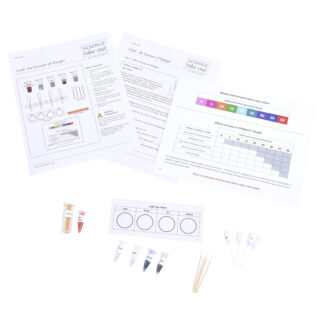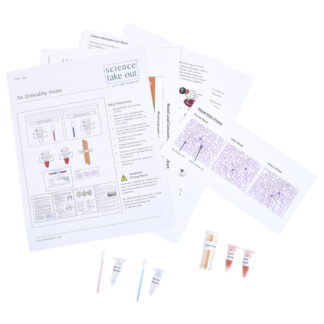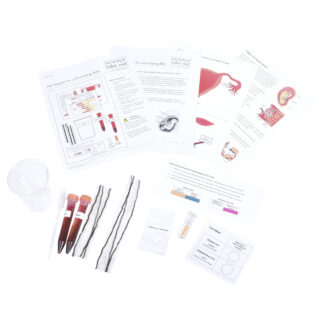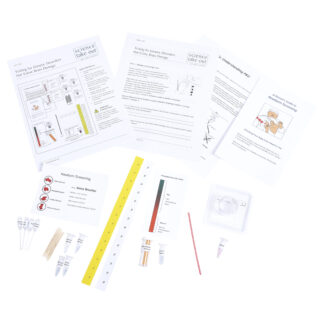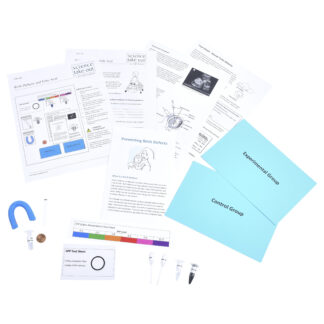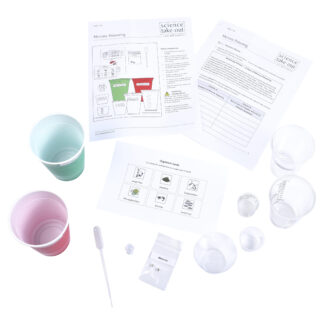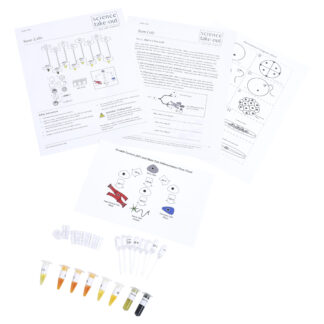About Reproduction
Reproduction is a biological process where new organisms (aka offspring) are produced by means of their parent organisms. Reproduction is a fundamental aspect of life, as every organism that exists is because of reproduction. There are two main forms of reproduction, asexual and sexual. In asexual reproduction, an organism can reproduce alone, without needing to involve another similar organism. In sexual reproduction, there needs to be sexual interaction between two specific, similar organisms. Of the pairing, one needs to produce large gametes, and the other needs to produce small gametes. Offspring produced from sexual reproduction inherit traits from each of the two parental organisms.
About Development
Development, also referred to as developmental biology, involves studying how animals and plants grow and develop. Development is often related closely to reproduction, but can also include the study of regeneration and metamorphosis. Some of the most common areas of development study include embryonic development, tissue growth, and stem cell differentiation in adult organisms.
Reproduction & Development in the Classroom
Studying reproduction and development in the classroom is often challenging, as students can have preconceived notions based on their own experiences watching other people or animals grow. Thankfully, Science Take-Out has informative, engaging animal and human reproductive system science lab kits available for all ages. Through the use of modeling and simulations, students are able to create representations of real-life phenomena to come to their own conclusions. From learning about birth defects due to developmental issues to testing simulated stem cells, Science Take-Out allows students to apply scientific principles – and have fun doing it! Science Take-Out’s human reproductive system science lab experiments for school are the easiest way to introduce students to new topics in a way that is informative and effective.
Science Take-Out kits correlate closely to Next Generation Science Standards, allowing educators to be sure that they are delivering on science and engineering practices, disciplinary core ideas, and cross cutting concepts. Students get the chance to learn about developing and using models, improve their understanding of the growth and development of organisms, and study the inheritance and variation of traits with Science Take-Out’s human reproductive system science lab experiments and kits.
